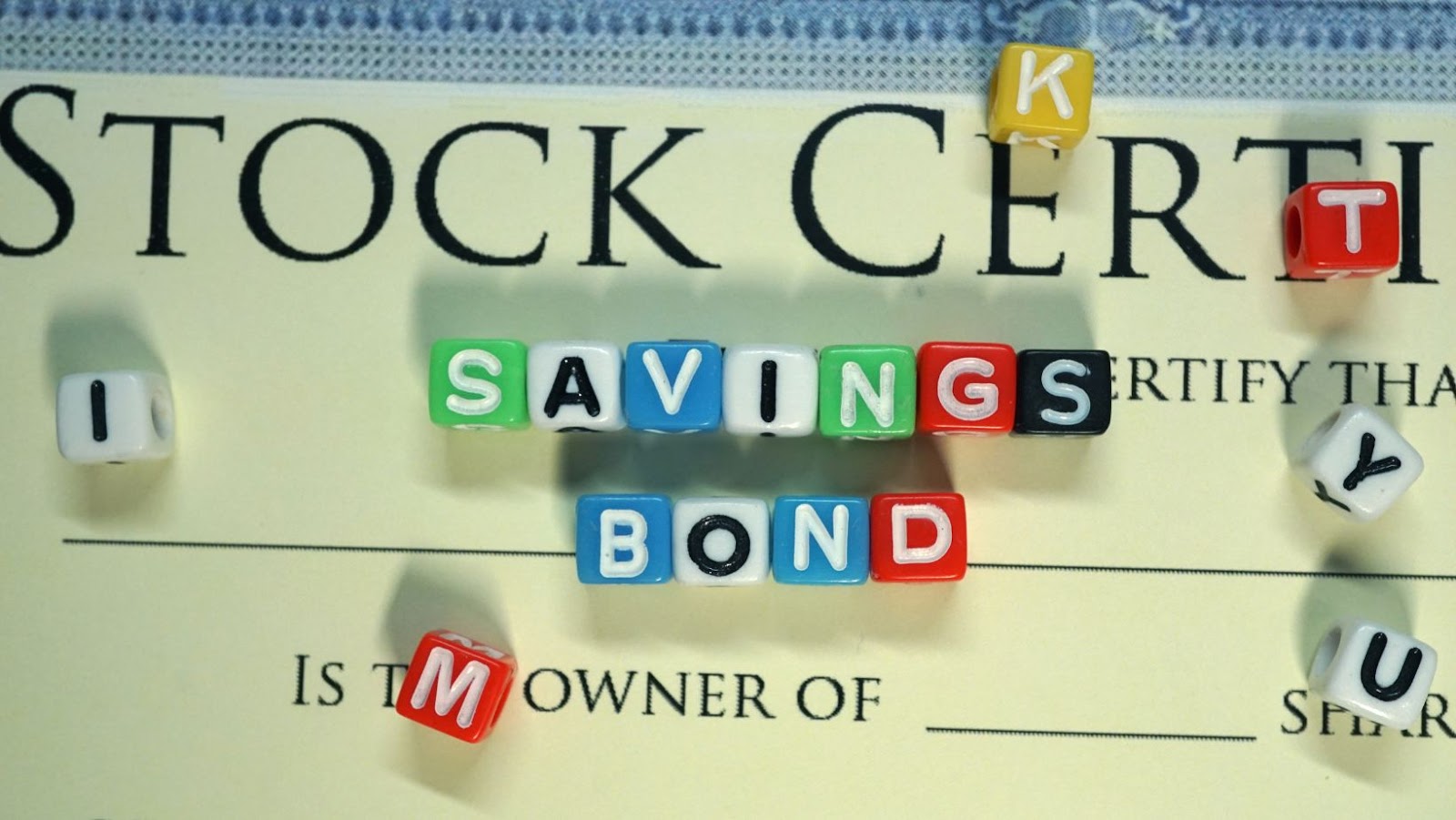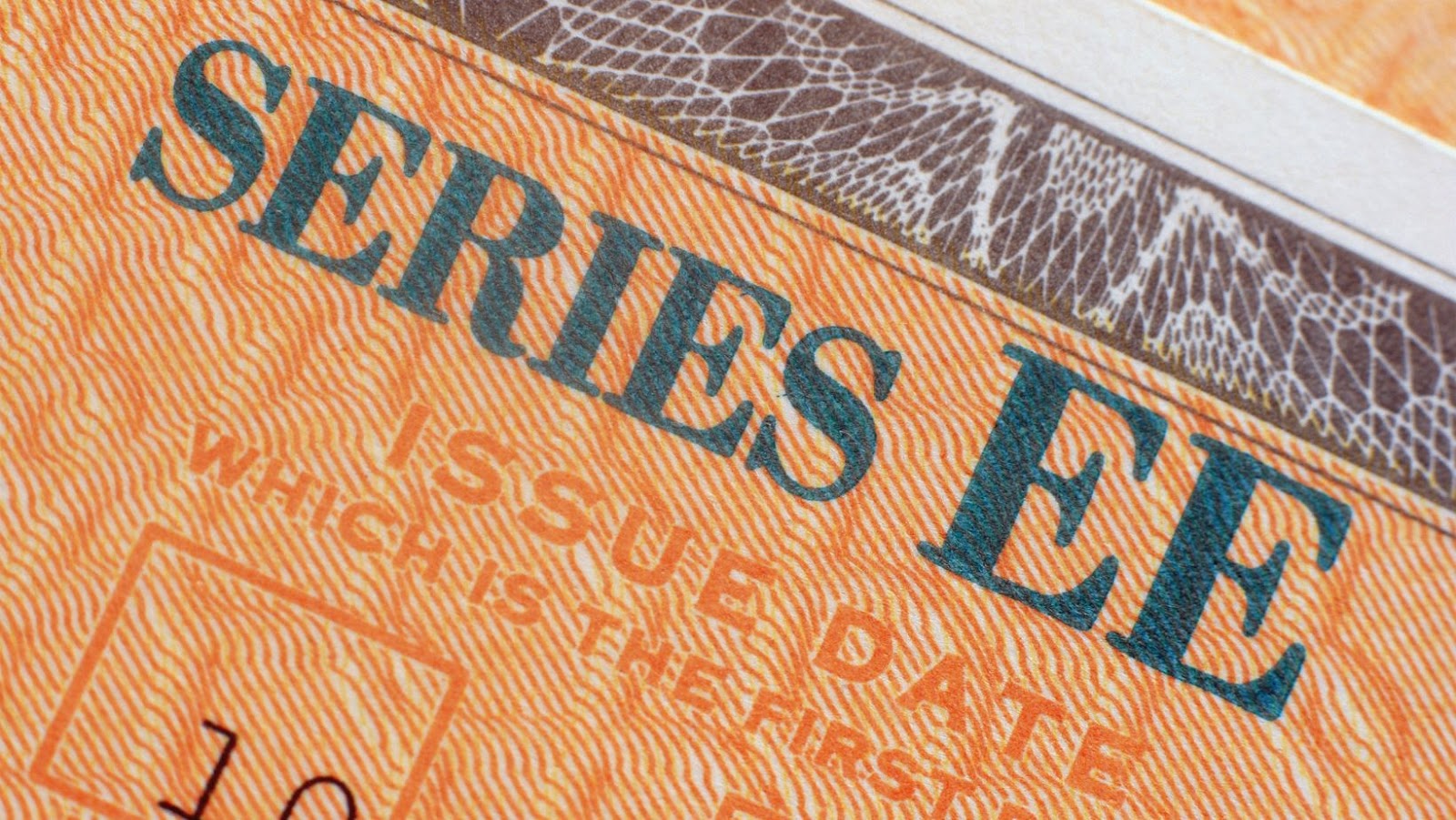
What to Do with Savings Bonds
When it comes to savings bonds, many people are unsure of what to do with them once they mature. If you are one of them, don’t worry! In this article, I’ll give you some tips and advice on what you can do with your savings bonds.
Firstly, you might want to consider cashing in your bonds. Depending on the type of bonds you have, they might have reached their full value or stopped earning interest. In such cases, you might want to head to your bank or financial institution, bring your bonds, and cash them in.
However, before you do so, it’s important to check if you need to report any interest earned from the bonds on your taxes. Generally, the interest is taxable on federal income tax returns, not state or local ones. Knowing this will help you avoid any surprises when tax season comes around.
Benefits of Investing in Savings Bonds
Savings bonds are an excellent investment option for those looking for a safe and reliable way to grow their money. Let’s explore some benefits of investing in savings bonds and why they may be wise for you.
Low-Risk Investment
Savings bonds are considered a low-risk investment because the government issues them and comes with a guarantee by the United States Treasury. This means that, unlike stocks or other types of investments, you are almost assured to receive your initial investment and its interest, regardless of market fluctuations.
Tax Advantages
Savings bonds are often exempt from state and local taxes. Moreover, the interest earned from savings bonds is not subject to federal taxes until the bond is redeemed or reaches maturity. It can be an excellent option if you’re looking for a safe investment that also provides tax advantages.
Flexible Investment Options
One significant benefit of investing in savings bonds is that there are several options for purchasing them, including online, in banks and financial institutions, and even through your employer. In addition, you can also purchase savings bonds for yourself, your children, or grandchildren, providing a unique gift for any special milestone such as graduations, weddings, or birthdays.
Guaranteed Return on Investment
Savings bonds also offer a guaranteed return on investment fixed when purchasing the bond. The interest rates on savings bonds are established by the US Treasury and adjusted twice annually to reflect changes in market interest rates. This means that you know what your return will be in advance and can plan accordingly.
In summary, savings bonds may be an excellent option to consider if you’re looking for a low-risk investment vehicle that provides a reliable way to grow your money while offering tax advantages and flexibility. But, of course, considering the amount of time you’re willing to invest and your financial goals before making any investment decisions is always a good idea.

Different Types of Savings Bonds Available
Many invest in savings bonds to diversify their portfolios, hedge against inflation, or save for the future. Savings bonds are low-risk, fixed-income securities issued by the US Treasury that can be purchased at face value and later redeemed for their full value plus interest earned.
Here are the different types of savings bonds available in the market:
Series EE Bonds
Series EE bonds are the most common type of savings bonds. These bonds accrue interest for 30 years and can’t be sold on the secondary market. Series EE bonds are purchased at a discount and have a fixed interest rate updated every six months. Interest rates on Series EE bonds are typically lower than other bond types but are a relatively safe investment.
Series I Bonds
Series I bonds are a type of inflation-indexed savings bond issued by the US Treasury. These bonds are designed to protect against inflation, as their interest rate is tied to the Consumer Price Index (CPI). Series I bonds yield a fixed interest rate plus an inflation adjustment that changes every six months. These bonds can be sold on the secondary market but must be held for at least one year before redeeming them.
Series HH Bonds
Series HH bonds are no longer available for purchase, but investors who hold them can continue earning interest. These bonds yield a fixed interest rate every six months and can be redeemed after 20 years. Series HH bonds were issued as a way to replace Series H bonds that were offered before 2004.
Series E Bonds
Series E bonds were issued between 1941 and 1980 and are no longer available to purchase. These bonds had a fixed interest rate for their entire lifespan but were replaced with Series EE bonds in 1980.
Understanding the different types of savings bonds available can help investors decide what to do with their savings bonds. Whether you want to diversify your portfolio, hedge against inflation, or simply save for the future, savings bonds can be a smart investment option.

Tips for Managing and Cashing in Savings Bonds
If you own savings bonds and are wondering what to do with them, here are a few tips for managing and cashing in your savings bonds.
- Check maturity dates: Savings bonds have different maturity dates depending on when they were issued. You can check the maturity date of your bonds on the TreasuryDirect website or by looking at the bond’s face value. Once your bond reaches maturity, it stops earning interest, so it’s a good idea to cash it in or reinvest the funds.
- Consider tax implications: When you cash in a savings bond, you must report the interest earned on your taxes. However, using the funds for qualified education expenses may make you eligible for a tax exemption. Consult a tax professional to determine the best course of action for your specific situation.
- Use the TreasuryDirect website: The TreasuryDirect website is a convenient resource for managing your savings bonds. You can purchase, redeem, and manage your bonds online and set up automatic reinvestment of matured bonds.
- Consider reinvesting: If you do not require the funds from your savings bond, consider reinvesting the funds into another savings bond. This way, you can continue to earn interest and defer any tax obligations until the bond is cashed in.
- Keep track of your bonds: It’s important to keep track of your savings bonds and their maturity dates, as well as any interest earned and tax obligations. Create a system for organizing your bond information, such as a spreadsheet or folder, to ensure you don’t lose track of any important details.
You can effectively manage and cash your savings bonds by following these tips. Also, remember to stay informed about the latest tax laws and regulations to ensure you make the best financial decisions.

Conclusion
In conclusion, savings bonds can be a great addition to your investment portfolio or a thoughtful gift for loved ones. However, knowing what to do with savings bonds can be confusing. As we have discussed, several options are available for redeeming or reinvesting your bonds, depending on your financial goals, tax situation, and other factors.
Here are some key takeaways to keep in mind:
- When a savings bond reaches maturity, it stops earning interest and should be redeemed or reinvested.
- You can redeem savings bonds at most financial institutions, online through the TreasuryDirect website, or by mail.
- You may need to pay federal income tax on the interest earned by your savings bonds, depending on your income level and the type of bond.
- If you use savings bonds to pay for qualified education expenses, you may be able to exclude the interest from your taxable income.
- If you’re considering cashing in savings bonds early, be aware that you may lose some of your interest earnings and could owe federal income tax or a penalty.
- Finally, if you’re using savings bonds as part of a long-term savings plan, consider rolling them over into other investments, such as mutual funds or exchange-traded funds (ETFs).
Overall, savings bonds can be a helpful tool for achieving your financial goals. However, by understanding your options and making informed decisions about what to do with your savings bonds, you can maximize their benefits and potentially earn a higher return on your investment.
